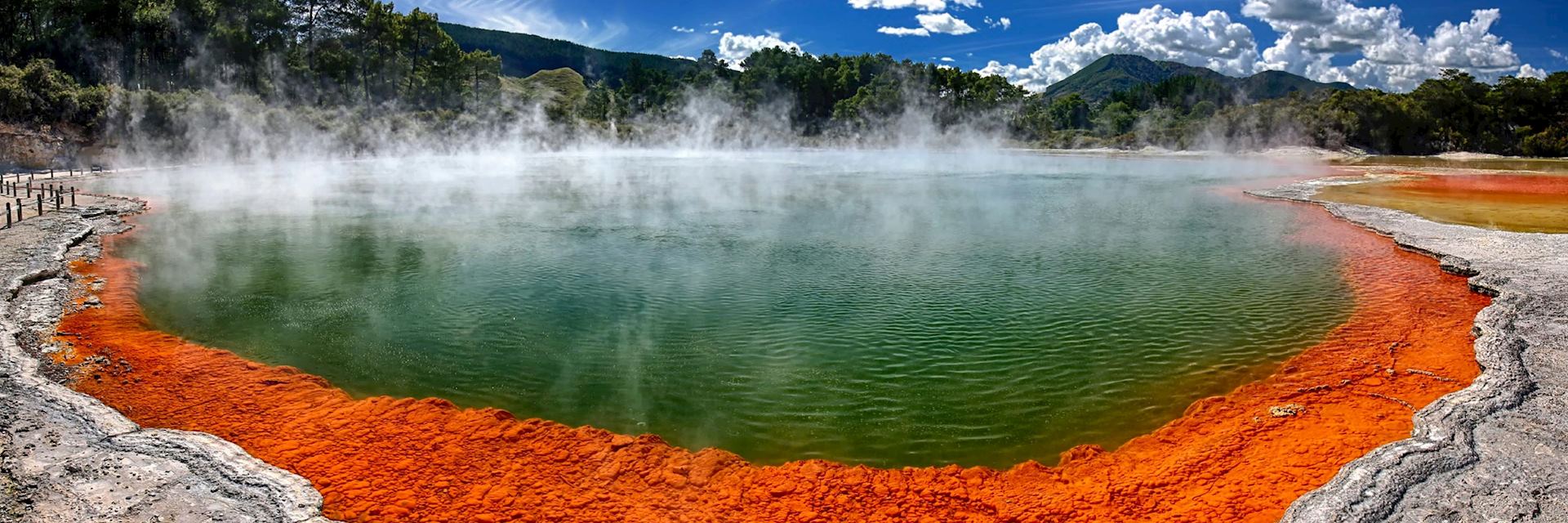A family trip that involves three (or more) generations sounds like a good idea. The reality, however, can often be tricky. Planning a trip with that many people and balancing all their different interests is a lot of work.
We can help. Our specialists will create an itinerary specifically to meet your family’s particular interests, whether that’s Japanese culture or outdoor adventures in Peru. Here are a few destinations that we like for multi-generational trips, but don’t let that limit your imagination — we can help you make sure that everyone, of every age, remembers your trip fondly.
Japan
For families looking for something out of the ordinary
There’s so much for families to do in Japan it’s difficult to choose, but we’ve narrowed it down to the bright lights of Tokyo, cultural heartland of Kyoto and Yudanaka’s natural hot springs.
Tokyo

Tokyo’s international airport is a good introduction to Japan: it’s clean, efficient and fascinating. You can rent a robot tour guide, visit the aviation shrine or walk over a replica Edo-period bridge.
We suggest making a beeline for the Ghibli Museum, dedicated to Studio Ghibli animations. Step through the entrance and you’re in a world of flowers, dust bunnies and Totoro (Japan’s furry answer to Winnie the Pooh). Anime isn’t just for children — Grave of the Fireflies is a World War II drama — and you’ll find families in the museum cinema to watch an animated short film that’s shown nowhere else.
Taiko drumming has been a key feature of Japanese music for centuries. Take a family lesson with an English-speaking instructor to learn about the history of the instrument before getting to try out some techniques.
Kyoto
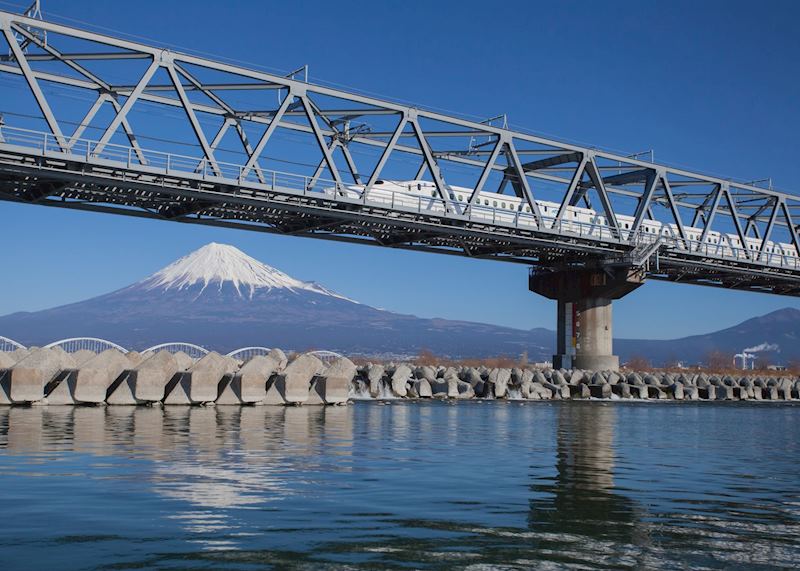
Zip from Tokyo, to Kyoto on a high-speed bullet train. Hotels operate a luggage forwarding service so that you don’t have to lug it with you — it will be waiting for you at your next hotel.
Japanese cuisine can be overwhelming for children — but a hands-on cooking lesson lets them get familiar with the ingredients. Visit a local market before heading to a machiya (traditional townhouse) to make your own bento box.
Enjoy your lunch in one of Kyoto’s many public parks before visiting the Kyoto Railway Museum, a huge site with more than 50 full-size trains. Ride on a steam locomotive, watch model trains run on the model railway or try driving a train in the simulator.
Yudanaka
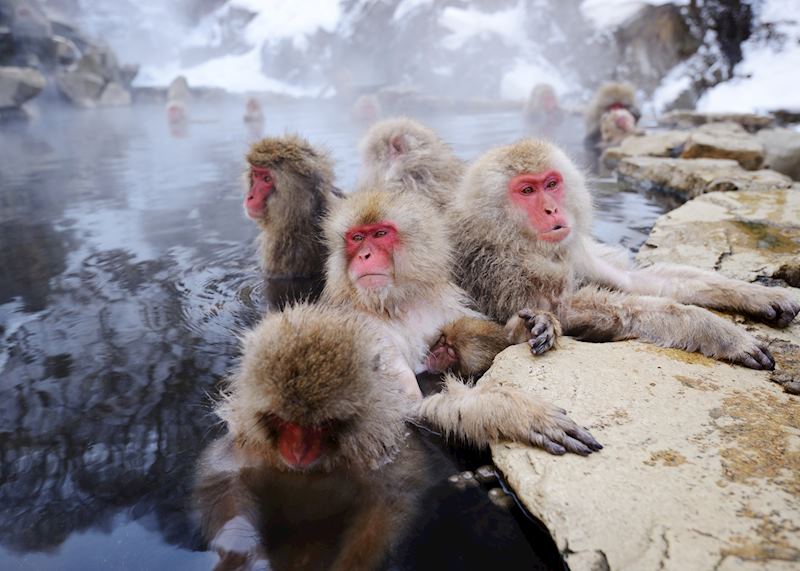
Yudanaka is a hot spring resort in Hell Valley — named after the hot vents and sulphurous streams that heat the bubbling waters. The area is best known for the hundreds of Japanese snow monkeys that like to laze in the springs.
There are also human-friendly springs, each with a different mineral composition — one might be considered good for the skin, another for a particular ailment. It’s only within the last 50 years that the Japanese have started bathing in their homes. Previously, families bathed together in onsen (communal hot springs). It’s still seen as a family day out and an important social occasion: you’ll see multiple generations taking a dip.
South Africa
For families who like to seek out the local wildlife
A trip along South Africa’s Garden Route gives families the opportunity to take in Cape Town’s history, the wild coastline, and the Big Five reserves of the Eastern Cape. We can sprinkle each day with activities to suit all ages and interests.
Cape Town
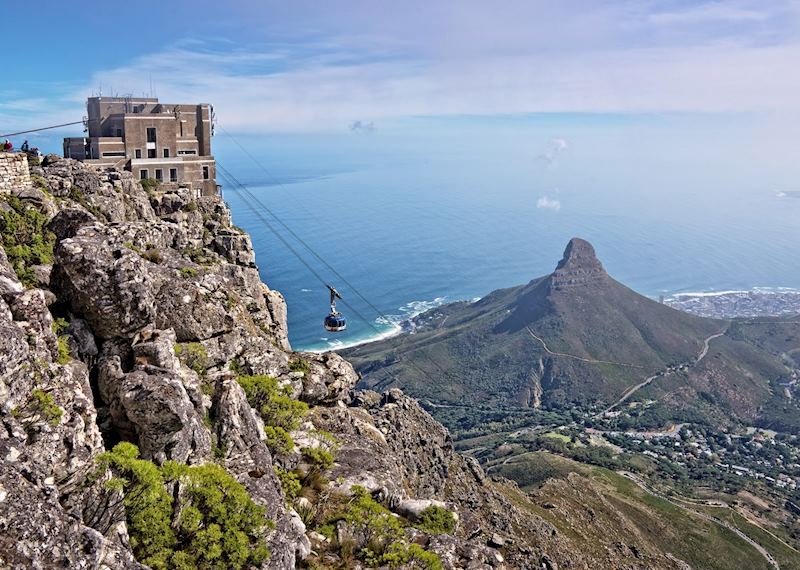
It’s likely everyone in the family will want to reach the perfectly flat summit of Table Mountain. You could hike to the top with a local guide along a lesser-trodden route, pausing for a picnic halfway up. Or, conserve your energy and ascend by cable car — they rotate 360 degrees to ensure no one misses any views.
Afterwards, you could head to Boulders Beach — a small, sandy cove just south of the city that has its own resident colony of African penguins. You can pick a spot on the beach and watch them swimming and bathing on the white sand. The calm water here means children can paddle, and once you’re done you can grab an ice cream from one of the restaurants that line the coastline.
Plettenberg Bay

Situated along the Garden Route is Plettenberg Bay. The wide, golden beaches here are often empty, leaving plenty of space for strolling and running around. From nearby hills and clifftops you can look out for migratory humpback and southern right whales breaching the waves between June and October, as well as resident Bryde’s whales, bottlenose dolphins and Cape fur seals. Boat trips depart regularly if you want a closer look.
Eastern Cape safari
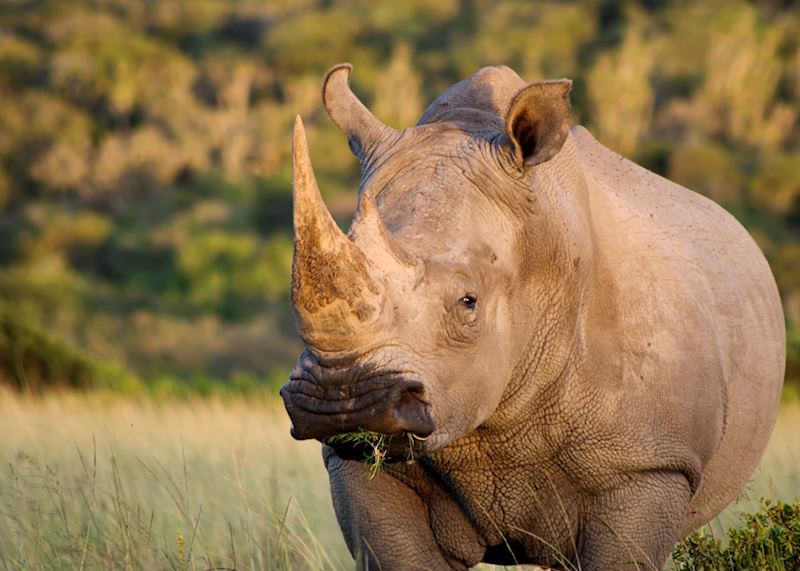
At the end of the Garden Route, the Eastern Cape is home to several malaria-free game reserves. Ecca Lodge, in Kwandwe Private Game Reserve, offers twice-daily game drives to track the Big Five. Staff can also tailor a wide range of activities to your family’s interests, from planting native spekboom vegetation and taking part in gardening projects in the local Mgcamabele community, to arts and crafts, fishing trips, baking classes and scavenger hunts.
Eastern Canada
For families who like to go at their own pace
A self-drive trip around Ontario and Québec balances modern and historic cities with open countryside and peaceful parks. Activities range from watching baseball and visiting Niagara Falls, to canoeing on lakes and walking tours exploring Canada’s French roots.
Toronto

Canada’s largest city is packed full of things to do. Wander museums and galleries, cheer on the Blue Jays baseball team at Rogers Stadium or cycle through parkland in the Toronto Islands.
From the CN Tower’s observation deck, the entire city stretches out below, backed by Lake Ontario with its scattering of islands. On a clear day you can sometimes glimpse the mist rising from Niagara Falls.
You can visit the falls on a day trip from Toronto. Cruise aboard the Hornblower, which gets you close enough to feel the spray, or hover above them in a helicopter. En route, you can stop at a local vineyard to try some of the region’s wines.
Algonquin Provincial Park
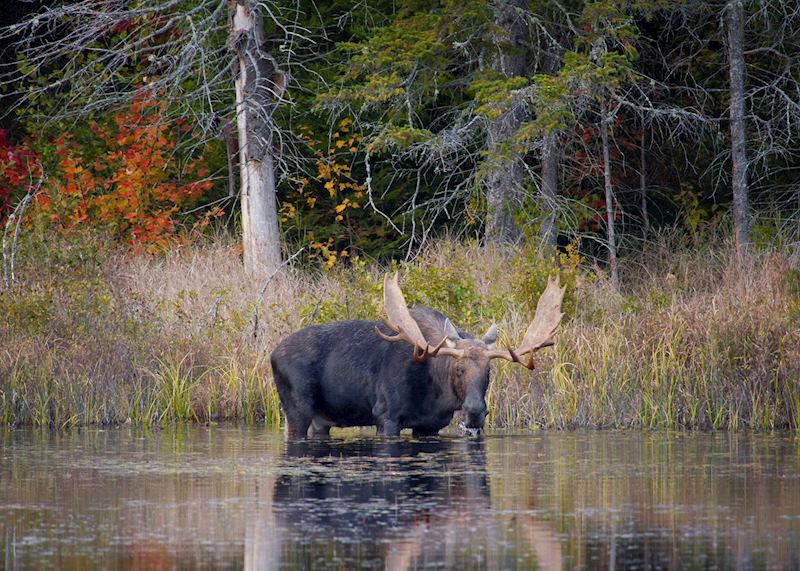
Sparkling lakes, dense firs and open meadows speckled with wildflowers make up Ontario’s first provincial park. Follow walking trails through forests, looking out for wildlife such as elk, white-tailed deer and over 200 bird species. Or, paddle along the still lakes and waterways by canoe — you might be joined in the water by thirsty moose or beavers hard at work.
If you’re visiting Algonquin on a Thursday in August, children might like to join park rangers in an evening ‘wolf howl’, listening out for the echoing replies from distant wolf packs.
Québec

The culture, and even the language of Québec, is completely different from Ontario thanks to its French heritage. Take a guided walking tour of Québec City to find out more about its past and admire the European-style architecture. Along the way, you can sample fresh local produce such as cheeses and handmade chocolates.
You could then drive out to explore Québec’s Charlevoix region, pausing for lunch in small towns and villages that wouldn’t look amiss on a postcard.
- Start planning your trip to Ontario and Québec
Oregon, USA
For families who like to stay active
The Pacific Northwest state of Oregon offers volcanic landscapes, wide sandy beaches with distinctive rock formations, and lakeside activities that range from peaceful walks to boat trips and scenic drives. Meanwhile, you can uncover Portland’s kooky personality on a guided cycle tour.
Portland
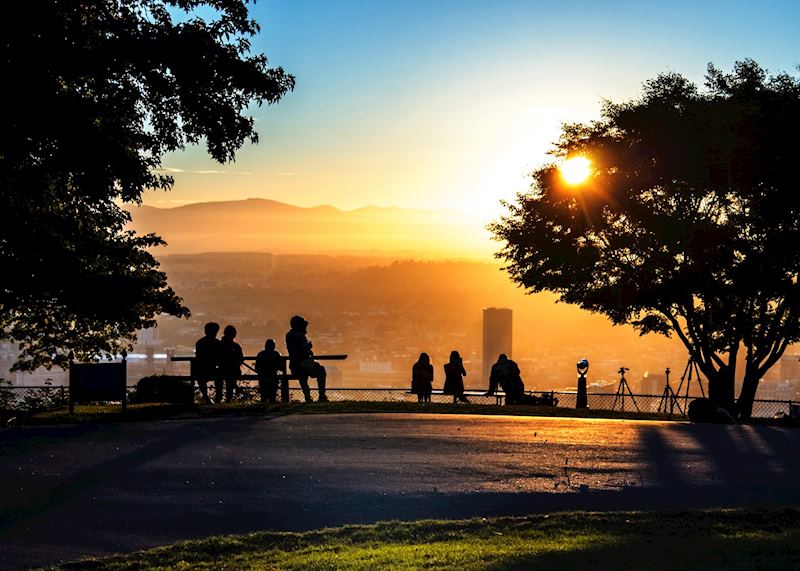
A guided cycle tour provides a good introduction to Portland, which is known for its mellow atmosphere and for embracing all things creative. Following well-maintained cycle paths, you pass old warehouses that have been rejuvenated into art galleries, shops and restaurants. Children in particular will enjoy being shown some of Portland’s more unusual landmarks, including Mill Ends Park — a tiny circle of foliage that claims to be the smallest park in the world.
Afterwards, stroll around the traditional Japanese garden with its meandering streams, trickling fountains and koi ponds. Or, just an hour and a half away are the wide, sandy shores of Cannon Beach. You can paddle in the ocean while admiring the 72 m (235 ft) Haystack Rock, which featured in The Goonies.
Bend

The town of Bend is known for its outdoor pursuits. You can spend time mountain biking, canoeing, horse riding or just walking through the alpine scenery of the Cascade Range and the Deschutes National Forest on the town’s outskirts.
Nearby, the Newberry National Volcanic Monument is a protected volcanic area surrounding the Newberry Volcano. You can follow walking trails through old lava flows, and venture through the Lava River Cave — a long, tunnel-like cave formed by flowing lava.
Afterwards, visit the High Desert Museum to learn about local history, including the Native American culture that once prevailed here.
Crater Lake National Park
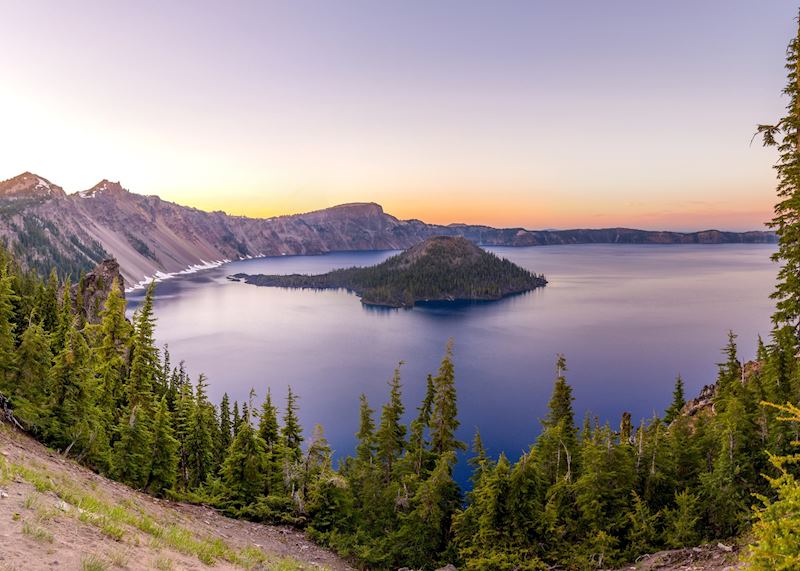
The state’s only national park, Crater Lake is ringed by volcanic peaks and evergreen forests. Islands dot its vivid blue surface, the largest of which is Wizard Island — the tip of a still-rising cinder cone. You can take a boat trip that circles the lake and stops off at Wizard Island, where walking trails give you a different perspective over the water.
There are also many trails to explore around the edge of the lake, ranging from 20-minute strolls to all-day hikes. Or, between June and mid-October, you can follow the Rim Drive, which hugs the crater’s edge and offers expansive views over the lake.
- Start planning your trip to the Pacific Northwest
Peru
For families who want to discover the Inca (and get outdoors)
This trip to Cuzco, the Sacred Valley and Machu Picchu introduces you to the rule of the Inca, Peru’s Latin-leaning culture, and the huge canvas of the Andes. It works well for families because there’s a wide range of hikes, walks and cycling, as well as history, which you can mix with gentler pursuits.
Cuzco
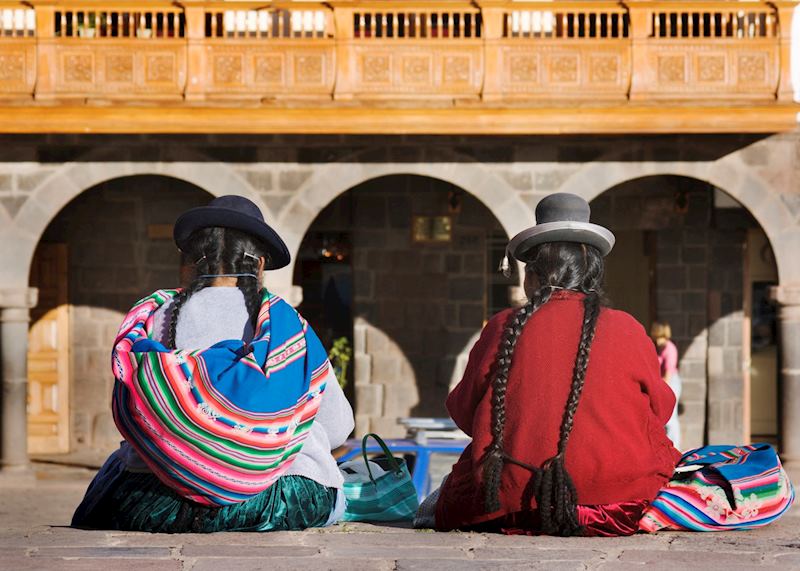
A Spanish colonial city built on Inca foundations, Cuzco sits 3,400 m (11,150 ft) above sea level. As you adjust to the high altitude, you can explore Peru through its food and history.
Peru is the World Travel Awards’ ‘Best Culinary Destination’ (for the sixth year running, no less). To see how it’s done, join two Cuzco chefs at their restaurant for a class in Peruvian cooking using local staples like quinoa and alpaca. The menu is geared around ceviche and other classics, but your hosts will shape it to suit. Afterwards, sit down to taste your efforts.
The Sacred Valley and Machu Picchu
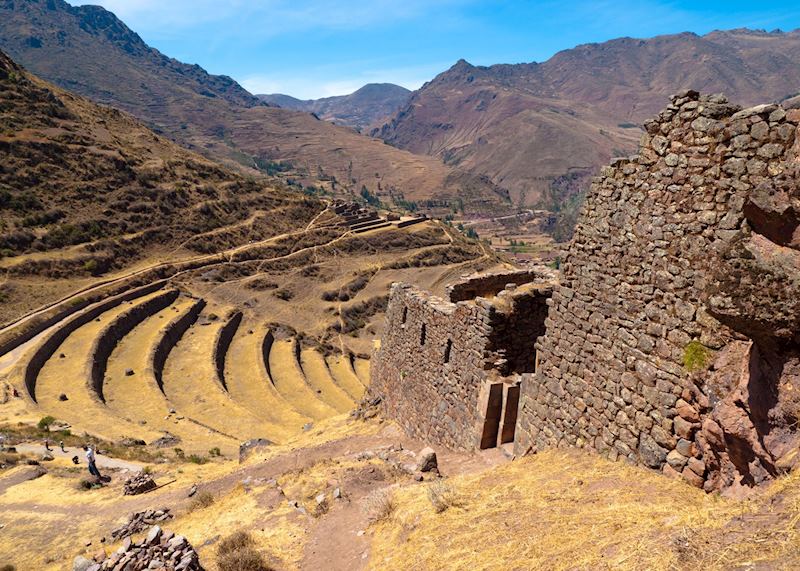
Fertile and temperate, the Sacred Valley gave the Inca a place to grow maize, and left us with arguably their greatest achievements. Machu Picchu is the end point, but the valley tempts you with plenty of diversion.
Mountain biking between the Inca sites of Maras and Moray, letting gravity do the work, is one option. Or, you can visit a working farm to see how alpaca wool is spun and woven into cloth and then walk the herd through the farm’s golden plains.
Machu Picchu speaks for itself. You reach the citadel by train, from the relatively simple to the luxurious, through steep-walled valleys to Aguas Calientes, or on foot along the Inca trails.
If you want to walk, but don’t have the time for the full route, we recommend the 10 km (6 mile) KM104 Trail. The last stretch of the Inca Trail, it takes you past the otherwise unseen Inca complex of Wiñay Wayna on your way to the mighty citadel.
New Zealand
For families that love the great outdoors
A featherweight in size, New Zealand is a titan of the great outdoors. With two weeks to spare, your family can fall headlong into the wildlife and scenery of both islands, choosing from a glut of experiences to match your collective pace. Start at Rotorua before flying direct to Christchurch to catch the TranzAlpine train before heading south to connect with Queenstown, gateway to the country’s Fiordland National Park.
Rotorua

Most will know Rotorua for its geothermal melodrama: bubbling mud pools, steaming hot springs, and hyperactive geysers. But it’s also one of the best places in the country for your family to have an intimate encounter with another New Zealand icon: the kiwi. Take a private tour of the hatchery at Rainbow Springs Nature Park, where you can get up close to these endangered creatures as you go behind the protective glass to watch conservation experts weigh, feed and care for the birds. It’s sometimes possible to see hatchlings.
An hour or so away are the Waitomo Glowworm Caves, where you can follow the course of the underground Waitomo River as thousands of the indigenous New Zealand glow-worms luminesce on the cave roofs.
TranzAlpine train
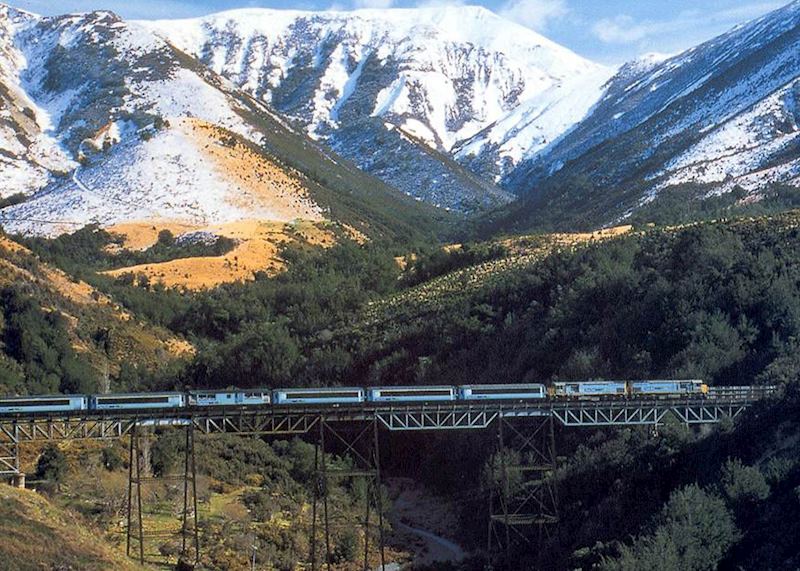
Passing from east to west, crossing pastureland, the Southern Alps and subtropical rainforest, the TranzAlpine Railway departs from Christchurch on a five-hour passage through landscapes you might know as Middle-Earth. It’s then a three-hour drive (with picnic stop) to Franz Josef and glacier territory. Choose to take in the glacier by combining a helicopter flight and hike, or bypass the hike completely to land by helicopter on the upper region.
Queenstown
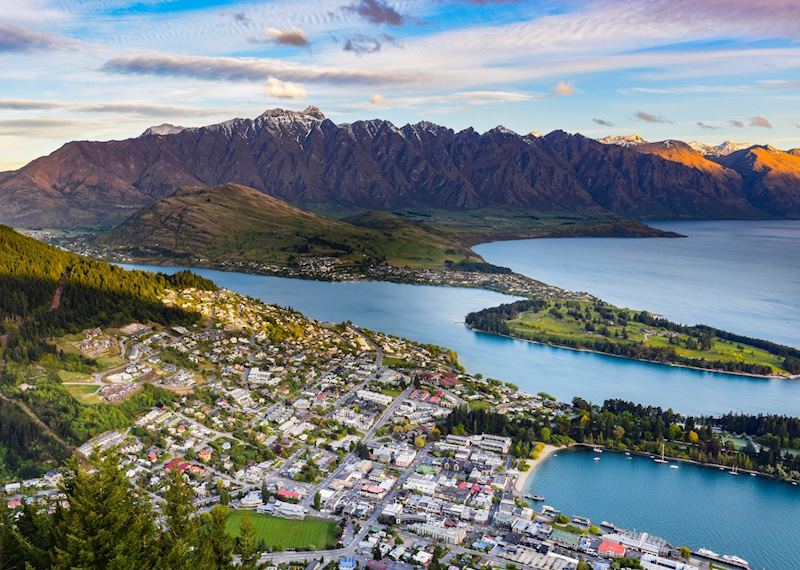
The self-styled ‘adventure capital of the world’, Queenstown sells itself on its adrenaline experiences such as bungee jumping. As the antithesis, take to the water on Milford or Doubtful Sound. Queenstown is the gateway to the Fiordland National Park and, cruising the length of the sound with the boat engine off, you might spot penguins, fur seals, dolphins and even distant whales.
Was this useful?


